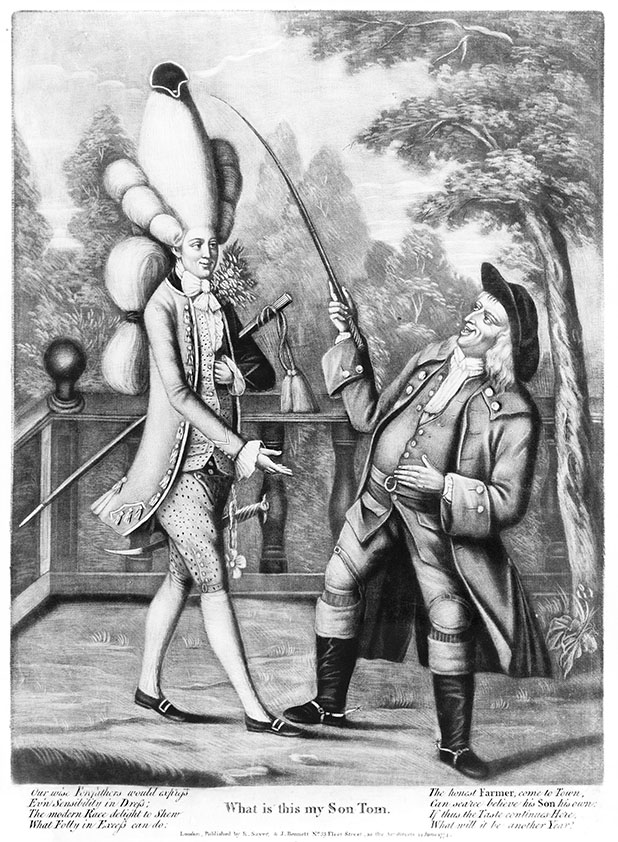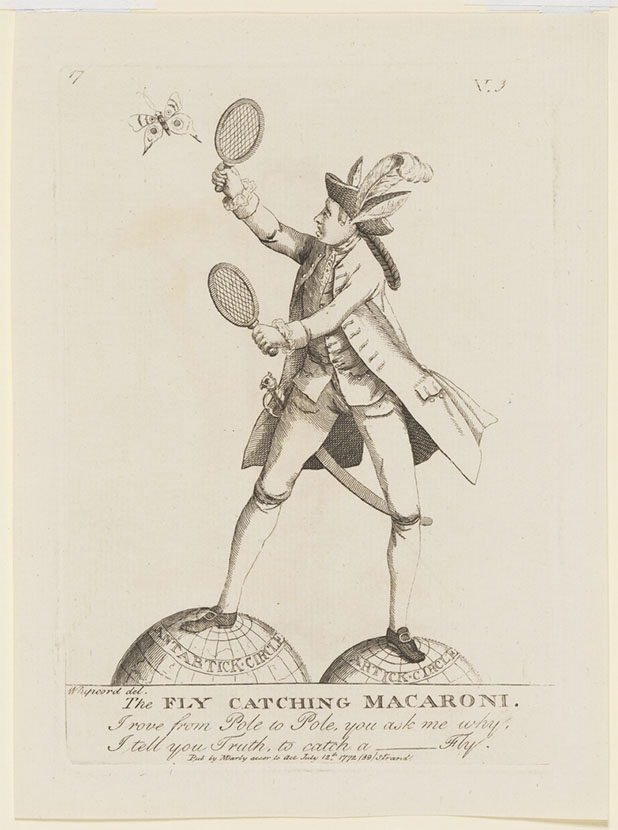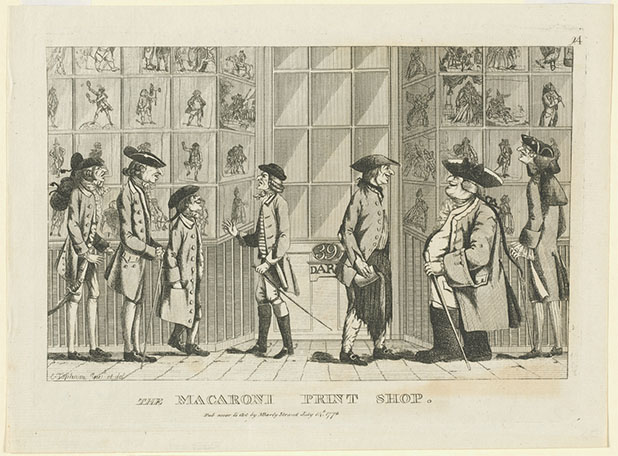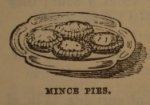As part of the Eat your History exhibition we’ve been inviting visitors to share their own own treasured food memories and recipes. Particularly popular has been that pasta favourite – macaroni and cheese!
“I wish there were some macaroni cheese”
We particularly like one card where a visitor has painstakingly drawn a bowl of their favourite food, full of individual pasta tubes covered in a radiocative-yellow cheese. There are several versions of macaroni with mince. This one was left by a Scandinavian visitor: ‘Makaronilaatikko = macaroni and minced meat casserole (onion cheese + ketchup) Big hit in Finland, everyone likes it!”.
You probably think of macaroni and cheese as a quick dish, comfort food cooked in the microwave or in a pot on the stove, but it has an illustrious background far from an instant packet mix. Like jelly, which is easily made nowadays with commercial gelatine and has largely lost its prestige, macaroni and cheese was also more complex in the 18th and 19th centuries.
Fashion victims
In the 1770s and ’80s ‘Macaroni’ even became a mocking, satirical label. The product of the Grand Tour, wealthy English Grand Tourists who affected exaggerated mannerisms and outrageously elaborate ‘Italian’ costume topped with very tall, flat fronted wigs were labelled ‘macaronis’ after the pasta dish they also brought back. Horace Walpole labelled them ‘The Macaroni Club’, and in America ‘Yankee Doodle’ mockingly “stuck a feather in his cap and called it macaroni” (though exactly who was mocking whom is open to debate it seems). The style could be extreme:

What is this my son Tom, published by R. Sayer & J. Bennett, 1774. British Cartoon Prints Collection, Library of Congress: LC-USZ62-115003
One day, Kit came to my house dressed out in the pink of the fashion of that time. He was then what they called, I believe, a Macaroni, and was the same sort of animal that is now termed a dandy. He had a little hat, that would not go on a good ploughman’s fist ; his hair was streeling down his hack and over his shoulders; the buttons on his coat were the size of saucepans, and the skirts of the coat hung down behind to the small of his leg ; he had two watches, one on each side of his stomach, a waistcoat that did not cover his breast, and light leather small-clothes that came down below the calf, and were fastened there with bunches of ribbons, that were each as big as cauliflowers.
‘The Priest’s horse’. The Sydney Gazette, 30th April 1833.
You get the idea. The emerging class of well-travelled naturalists (‘scientist’ was not yet a term) were a target: , these prints are of a donkey-eared [Sir] Joseph Banks with feathers popping out of his hat and astride two hemispheres as he chases butterflys, and fellow naturalist Daniel Solander, who was also on the 1770 voyage to Australia with Captain James Cook. You’ll notice the names have been obscured to avoid any accusations of slander:

The Fly Catching Macaroni [Joseph Banks], Matthew Darly, 1772. State Library of New South Wales: PXA 1353

The Simpling Macaroni [Daniel Solander], Matthew Darly, 1772. State Library of New South Wales: PXA 1353
In the 1770s Mathew and Mary Darly’s print shop in the Strand, London, even became known as the ‘Macaroni Print Shop’ for the number of satirical prints sold there and displayed in their windows. If you look closely you can spot ‘The fly catching macaroni’ displayed on the left:
In 1820s Sydney merchants advertised both ‘English’ and ‘Italian’ macaroni along with vermicelli. When it reached the table it was more commonly served as part of the cheese or dessert course. Eliza Acton wrote of the English boiling macaroni in milk, instead of the ‘continental’ method which used boiling water with salt and a small nob of butter. Macaroni from Naples, with its large, thin pipes was preferred to the thicker Genoan variety, which Acton recommended for more ‘structural’ creations like timbales. ‘Maccaroncini’ is a diminutive form, ‘not much larger than a straw’. What she calls ‘ribbon’ macaroni – to be served instead of vegetables, with a squeeze of lemon juice or with a dusting of cinnamon and sugar – is more like the modern flat tagliatelle. Beeton terms it ‘riband’ macaroni.
The ‘English’ version Acton gives for for serving macaroni was with a top of of grated cheese (such as Parmesan) and butter, cream or milk, while the ‘French’ method substituted rich brown gravy for the cream. The ‘Italian’ was to toss the boiled pasta in a savoury ‘sauce Espagnole’, made with ham, diced carrots and spices, stewed in a rich stock. The “very excellent and delicate” Maccaroni a la Reine was served or tossed with a smooth sauce of cheese dissolved in cream with cayenne, mace and fresh butter and topped with golden breadcrumbs. A stronger taste could be achieved by adding soft, blue cheese: “A portion of Stilton, free from the blue mould, would have a good effect… ” Delicious!
‘Macaroni, as usually served with the cheese course’
But back to our young visitor’s favourite! Isabella Beeton’s 1861 recipe for Macaroni and cheese was specifically to serve with the cheese course, along with celery, sliced cheese, dried and preserved fruits and biscuits or crackers. Her recipe starts with macaroni boiled in one part milk to two of water:
Ingredients: ½ lb. of pipe macaroni, ¼ lb. of butter, 6 oz. of Parmesan or Cheshire cheese, pepper and salt to taste, 1 pint of milk, 2 pints of water, bread crumbs.
Mode: … Drain the macaroni, and put it in a deep dish. Have ready the grated cheese, either Parmesan or Cheshire, sprinkle it amongst the macaroni and some of the butter, reserving some of the cheese for the top layer. Season with a little pepper, and cover the top layer of cheese with some very fine bread crumbs. Warm, without oiling, the remainder of the butter before a bright fire to brown the crumbs… The top of the macaroni may be browned with a salamander, which is even better than placing it before a fire, as the process is more expeditious; but it should never be browned in the oven as the butter would oil [i.e. separate], and so impart a very disagreeable flavour to the dish.
‘Beeton’s Book of Household Management’, Beeton, London, 1861
Remember: its all about the presentation so choose your dish well, and serve whilst tottering on raspberry tinted heels and sporting a meter high wig with ribbons. Butterflys optional. In a future post we’re going to discuss vermicelli – and a rather fantastic ‘thatched pie’.
Macaroni, usually served with the cheese course, of course
Ingredients
- 600ml milk
- salt and pepper, to taste
- 250g macaroni
- 125g butter
- 175g parmesan or aged cheddar cheese, grated
- 1/2 cup fresh breadcrumbs, or to taste
Note
This recipe is from Mrs Beeton's book of household management (1861) but has been revised for more modern kitchen technology and metric measurements. This is not quite the 'comfort food' version we have grown accustomed to, as it lacks the white, or bechamel, sauce but it is interesting to see that it had a place on the table, accompanying the cheese board.
Directions
| In a large saucepan, combine the milk with 1 litre of water. Add a teaspoon of salt (or to taste). Bring to boil over medium-high heat, and add the macaroni. Stir to separate the pasta pieces. When just cooked, or 'al dente' (refer to recommended cooking time on the product packaging), drain, discarding the cooking liquid, and put the macaroni in a deep ovenproof dish. | |
| Meanwhile, preheat the grill in your oven or stove to a medium heat. Chop the butter into very small pieces. Sprinkle two-thirds of the butter and two-thirds of the grated cheese over the hot macaroni and add salt and pepper to taste. Gently mix to distribute evenly through the macaroni. Mix together the breadcrumbs and the remaining cheese, and scatter across the macaroni. Melt the remaining butter in a small dish and drizzle over the breadcrumbs. Place the dish under the grill to brown the breadcrumbs and melt the cheese, being careful not to burn them. | |



 Print recipe
Print recipe

